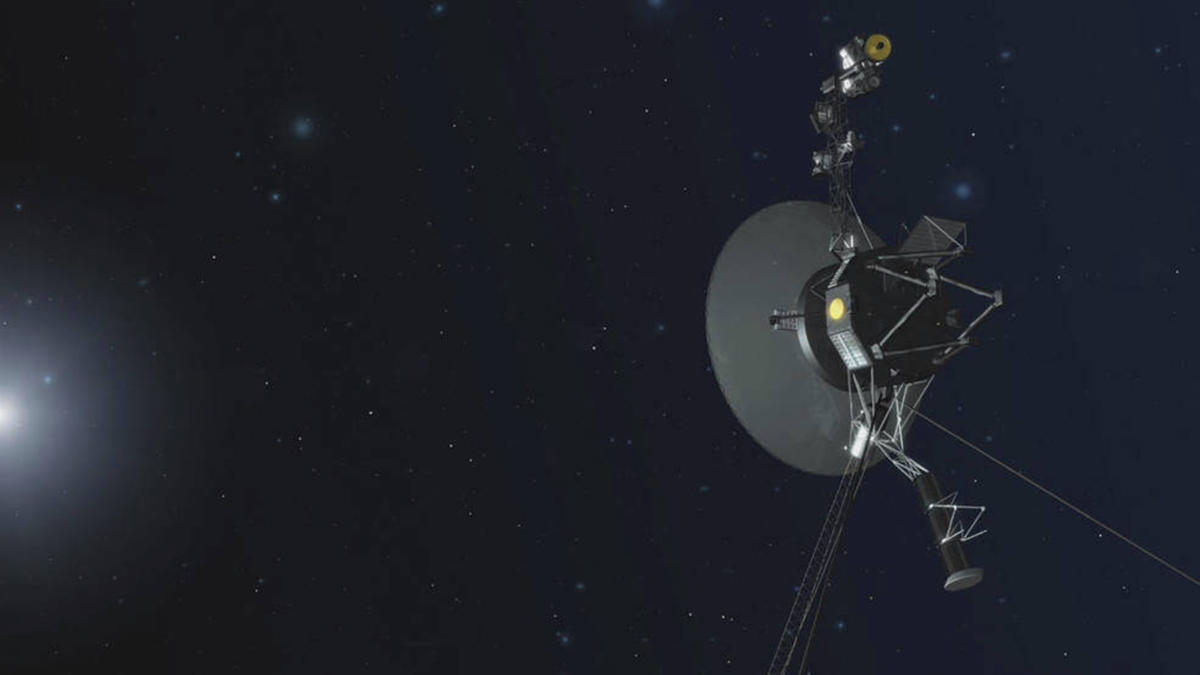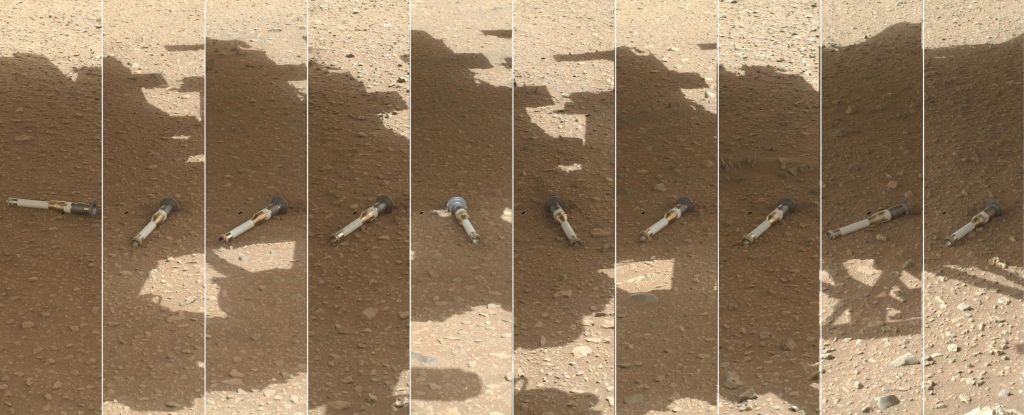Jet Propulsion Laboratory (NASA)
The Jet Propulsion Laboratory (JPL) is a federally funded research and development center managed by Caltech for the United States government. It is responsible for the development, management, and operation of space missions in our solar system and beyond. JPL has been involved in numerous successful missions to every planet in our solar system and the Sun, as well as other celestial bodies such as asteroids and comets. The laboratory's primary focus is on exploring the universe, understanding our place within it, and searching for signs of life beyond Earth. Some of its notable projects include NASA's Voyager, Juno, Ingenuity Mars Helicopter, Europa Clipper, and Deep Space Optical Communications Demonstration. The articles analyzed cover a range of topics related to space exploration and scientific discoveries made by JPL.
92%
The Daily's Verdict
This news site is known for its high journalistic standards. It strives to maintain neutrality and transparency in its reporting, and avoids conflicts of interest. It has a reputation for accuracy and rarely gets contradicted on major discrepancies in its reporting.
Bias
100%
Examples:
- The reporting is done in a neutral and factual manner without any signs of personal or institutional bias.
Conflicts of Interest
100%
Examples:
- There are no conflicts of interest detected in the articles.
Contradictions
95%
Examples:
- There are no major contradictions found in the articles.
Deceptions
75%
Examples:
- The article
Recent Articles

NASA Tracks Two Near-Earth Asteroids: 2011 UL21 and 2024 MK
Broke On: Wednesday, 03 July 2024
NASA's Mars Odyssey Orbiter: Exploring Olympus Mons and Celebrating 100,000th Orbit
Broke On: Saturday, 22 May 2004
NASA's Mars Odyssey Orbiter: Exploring Olympus Mons and Celebrating 100,000th Orbit
Broke On: Saturday, 22 May 2004
NASA's Voyager 1 and 2 Resume Data Transmission After Technical Issues in Interstellar Space
Broke On: Thursday, 13 June 2024
Edward C. Stone: The Renowned Physicist Behind NASA's Groundbreaking Voyager Mission
Broke On: Tuesday, 11 June 2024
New High-Resolution Images of Europa's Platypus Region Reveal Potential Targets for Future Missions
Broke On: Thursday, 29 September 2022
NASA's Psyche Spacecraft Sets Record with 140 Million-Mile Optical Data Transmission
Broke On: Saturday, 08 April 2023
NASA Identifies and Fixes Issue with Voyager 1's Flight Data Subsystem, Spacecraft Continues Its Journey Through Interstellar Space
Broke On: Thursday, 18 April 2024
NASA's Ingenuity Mars Helicopter Continues Data Collection at Valinor Hills After 1,000 Martian Days and 72 Flights
Broke On: Tuesday, 16 April 2024